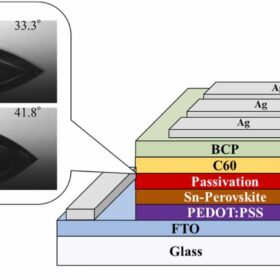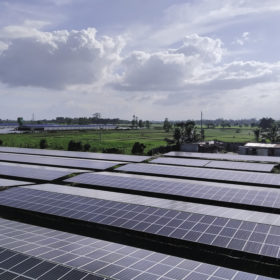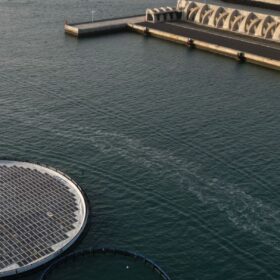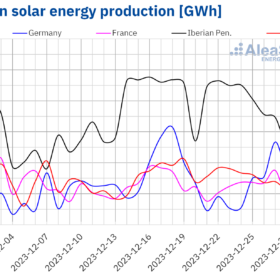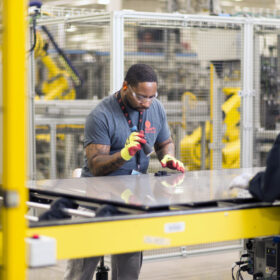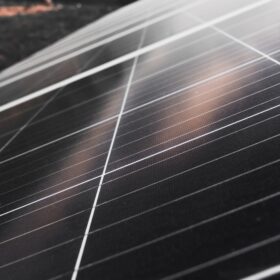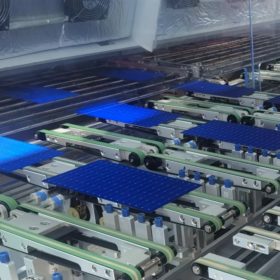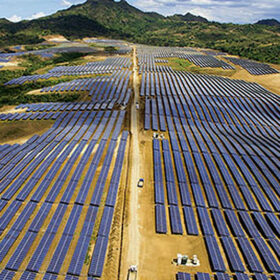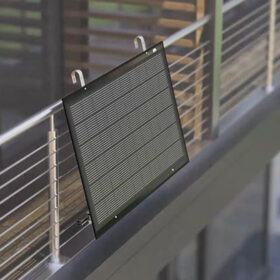New passivation strategy paves the way for lead-free perovskite-silicon tandem solar cells
Scientists in Japan have developed a lead-free tin sulfide solar cell that is intended for applications in tandem perovskite-silicon PV devices. Through a new passivation technique based on the use of phenylsilane (PhSiH3) as a reducing agent, they were able to considerably increase the cell efficiency compared to a reference device with no PhSiH3 treatment.
Bangladesh’s solar project approvals hit 2.1 GW in 2023
In December alone, the Bangladeshi authorities approved 630 MW of PV projects.
Ocean Sun completes 270 kW off-grid floating PV system at Spanish port
Norwegian floating solar specialist Ocean Sun has deployed a 270 kW system based on its novel membrane technology at the saltwater port of Tazacorte on La Palma, one of Spain’s Canary Islands.
Wind, solar production falls at 2023 end, but demand expected at 2024 beginning
According to data collected by AleaSoft Energy Forecasting, wind and solar energy production in Italy and the Iberian Peninsula fell in the last week of 2023 contributing to price rises, but in the new year electricity demand is expected to increase in all analyzed markets.
First Solar closes $700 million in tax credit transfer sales
US module manufacturer First Solar has closed the sale of US Inflation Reduction Act (IRA) tax credits.
US battery storage demand to surge within this decade, says SEIA
US demand for battery energy storage systems will grow sixfold by 2030, according to a recent report by the Solar Energy Industries Association (SEIA), but only with serious investment, coordination with experienced manufacturers, and collaboration with allies.
Make PV modules as cheap as possible, but not cheaper
In a new monthly column for pv magazine, the International Solar Energy Society (ISES) explains how reducing glass thickness in PV modules may fracture the solar industry, impacting PV module and PV tracker suppliers, engineering, product and construction companies, and PV plant owners.
Chinese PV Industry Brief: Akcome sets up pilot factory for perovskite PV cells
Akcome says it hopes to soon start commercial production of its heterojunction (HJT) perovskite solar cells, but it has yet to provide a specific time frame.
Solar Philippines begins working on 4 GW solar park
Solar Philippines says it has broken ground on what it touted to be the world’s largest solar array – a 4 GW solar park spread across 3,500 hectares of land in the northern part of the country.
Italian startup unveils 350 W balcony TOPCon solar modules
Fly Solartech Solutions Srl’s new 60-cell modules have a power conversion efficiency of 17.87% and a temperature coefficient of -0.27% per degree Celsius. The company offers the panels with 300 W, CEI-021-certified microinverters featuring 96.5% peak efficiency.
